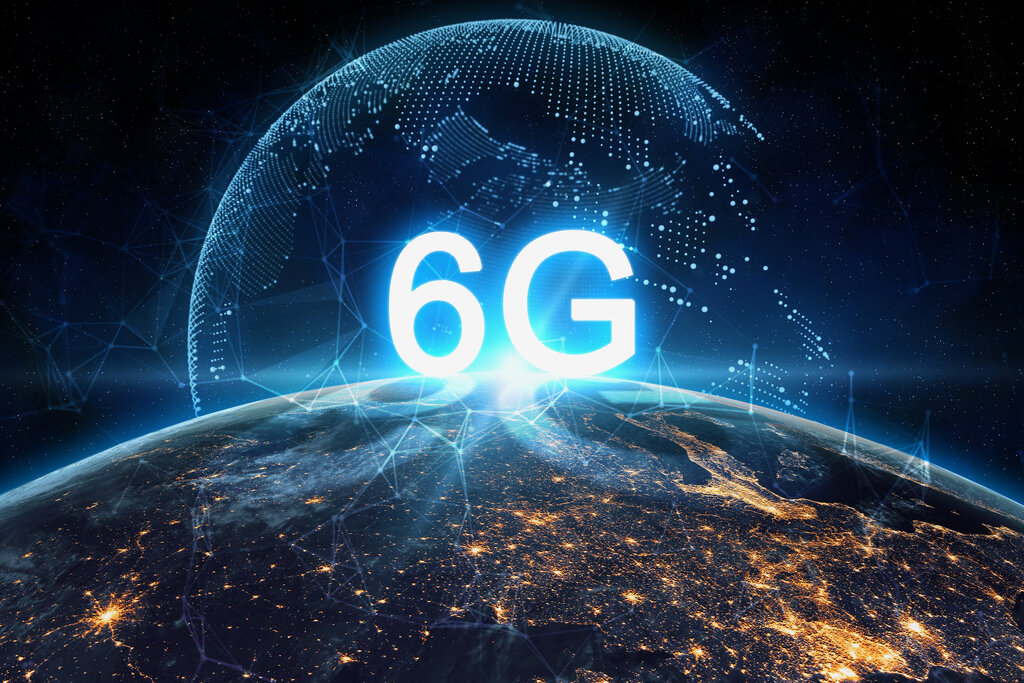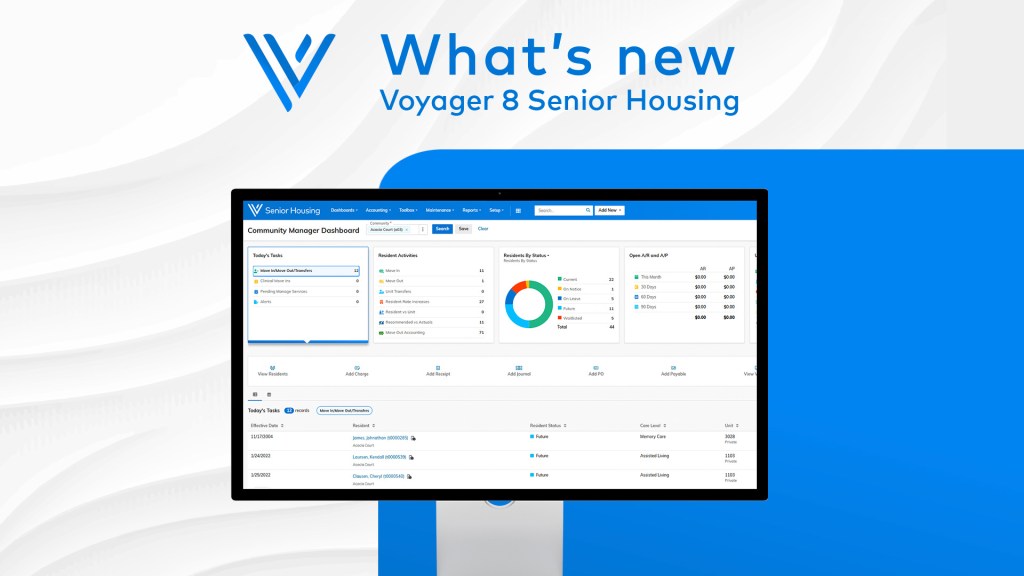By Joel Nelson on October 10, 2022 in Technology
5G, the next generation mobile network, launched in 2020, following in the footsteps of a steady progression of voice capability, call and text encryption, data transmission, video calling, mobile internet. 1G started it all in 1981, 2G came 11 years later, and 3G and 4G made their entries in 2001 and 2012, respectively.

5G figures to impact everything from entertainment and healthcare to farming and robotic factory workers, meeting an ever-growing need for high data rates for virtual, augmented and mixed reality.
So is 6G the inevitable next step in this evolution? On one hand, 5G, which promises significantly faster data rates, higher connection density and lower latency, among other things, hasn’t even been fully deployed. But “in the next 10 years, we can expect massive changes and new technologies coming into our lives which will require more and more connectivity at higher speeds as we transfer more and more data,” says Dr. Shaghik Atakaramians, a senior lecturer at the University of New South Wales Sydney’s School of Electrical Engineering and Telecommunications.
She continues, “We can imagine completely autonomous systems; or multi-sensory extended reality which integrates the five traditional human senses with the digital world; or real-time remote telesurgery; or complete virtual shopping malls.”
‘Always on a 6G path’
That means, New York City-based technology information consultant Lifewire says, that “technology always pushes forward and standards take a long time to mature, so we’ve always been on a path to a 6G world. We’ve managed to go from 1G to 5G in such a relatively short amount of time, so 6G is just the natural progression towards faster and better wireless connectivity.”
Once developed, 6G most likely will involve using ultrahigh frequencies (millimeter waves) of the radio spectrum. It might eventually approach the upper limits of this spectrum and reach extremely high frequency levels of 300 gigahertz, or even terahertz ranges.
5G’s latency – the time it takes for data to be transferred between its original source and its destination, measured in milliseconds – is very low, around 4 milliseconds. 6G networks might bring this down even further, maybe even to near-zero. The millimeter wave frequency bands in the 24 GHz to 52 GHz range, pioneered by 5G and likely to soon be extended up to 100 GHz, will be used by 6G as well. 6G networks could have 50-100 times the capacity of 5G networks.
Network as a connector and controller
And when will 6G deploy? The progression has been 1 new G about every 10 years, putting 6G’s debut at around 2030. Some recent 6G development milestones include LG Electronics transmitting 6G terahertz data at a frequency range of 155 to 175 GHz over 350 yards outdoors; the U.S. Department of Homeland Security completing a study on the early development of 6G; and the transmission by Chinese researchers of 1 terabyte of data, the equivalent of Wikipedia’s entire contents, over 3,000 feet in a second. China also orbited a satellite to test 6G capabilities in 2020.
Some observers say that as intriguing as it is to look ahead to 6G, if 5G works out as expected and manufacturers, regulators and telecom companies keep evolving the tech, a next-generation network might not even be necessary. But if and when 6G does happen, it “will bring all physical things into the realm of compute. It will act not only as a connector but also as a controller of physical systems—ranging from simple terminals to complex and performance-sensitive robot control systems, and augmented reality applications—offering computing intertwined with communication in a network compute fabric for high efficiency and dependability,” predicts Swedish telecommunications services provider Ericsson.
Ultimately, says Lifewire, “whether it’s with 6G, 7G or another ‘G,’ we’ll have such incredibly fast speeds that no progress bars or wait times will be required for any normal amount of data, at least at today’s standards. Everything will just be available … instantly, and we won’t need to keep making new terms to describe it.”


